We keep hearing about how the Push-In model for delivering speech therapy and it’s becoming more and more popular. I use this model for some of my language students and it can be pretty fun. Today I wanted to share how you cause this model for your artic and phono kids.

I am going to preface this by saying the push-in therapy for artic may not be the right fit for every kid, it may be something they need to work up to. Now then, on with the post. One of the issues push-in therapy brings up is the concern of having to bring a lot materials to the classroom. Well, if you use materials already in the classroom then you can still provide effective therapy and not turn into a pack mule. Once I started using classroom materials more, my back thanked me!
By using the books and materials already in the room it helps kids practice their sounds in the context and setting that they are expected to be using them. This can be reading a story in their new book or having them explain and show you the materials they are using in science.
Now this may not be as fun as playing a game while working on sounds in our room, but sometimes when it comes to helping our kids reach their goals it can’t be all fun and games. Working in their rooms with their materials helps their teachers see what they can and cannot do yet. This is also a great time to get their teachers involved in therapy. It can be as simple as having the student read a passage from their book or explain a problem in math that has their sound and having the teacher praise them.
Don’t forget, just because a student is working on carryover doesn’t mean that they can get rid of all practice. These No Prep Artic sheets are great for practice.








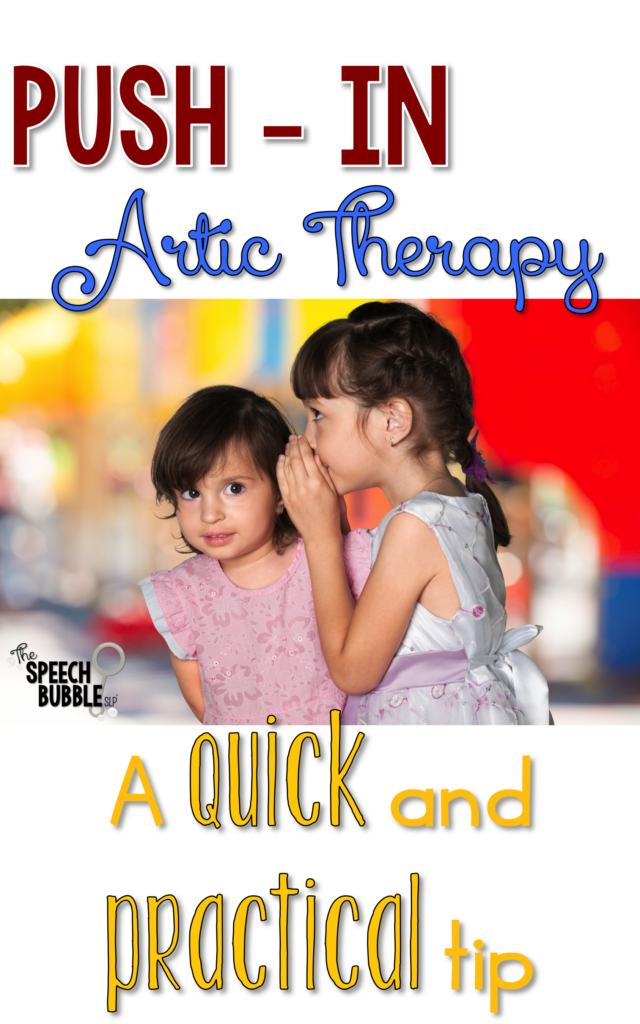
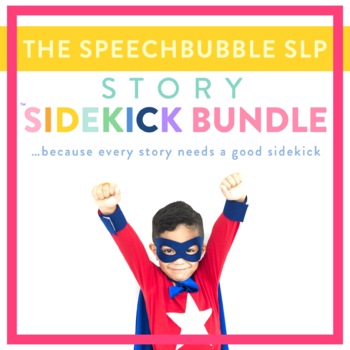
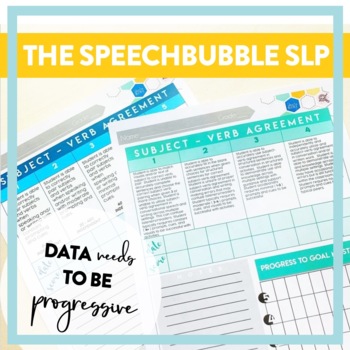
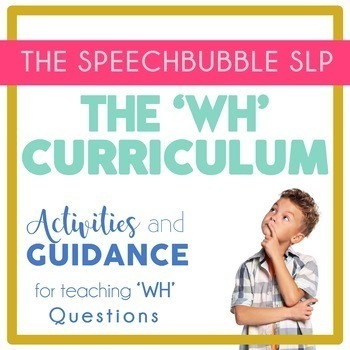


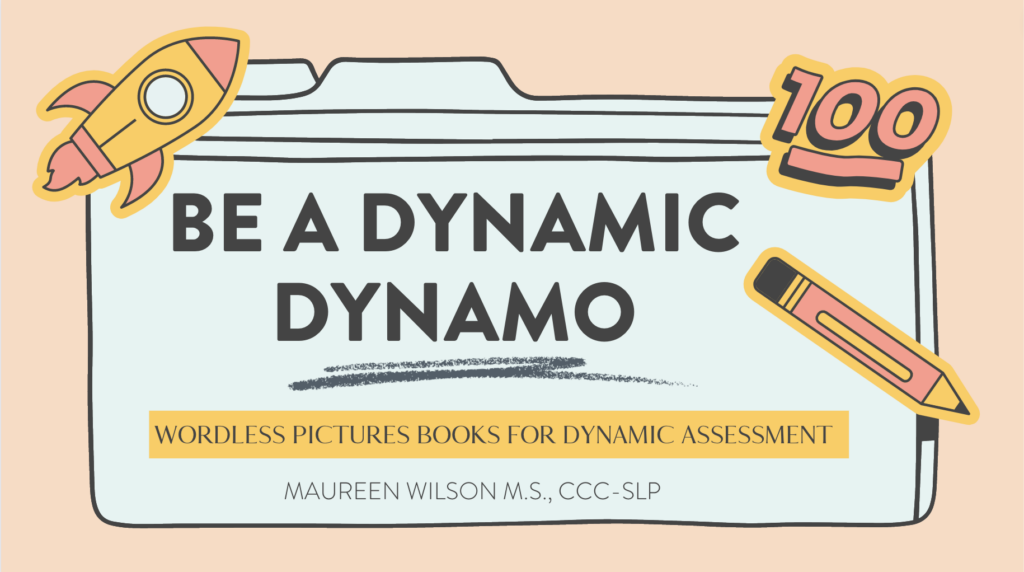
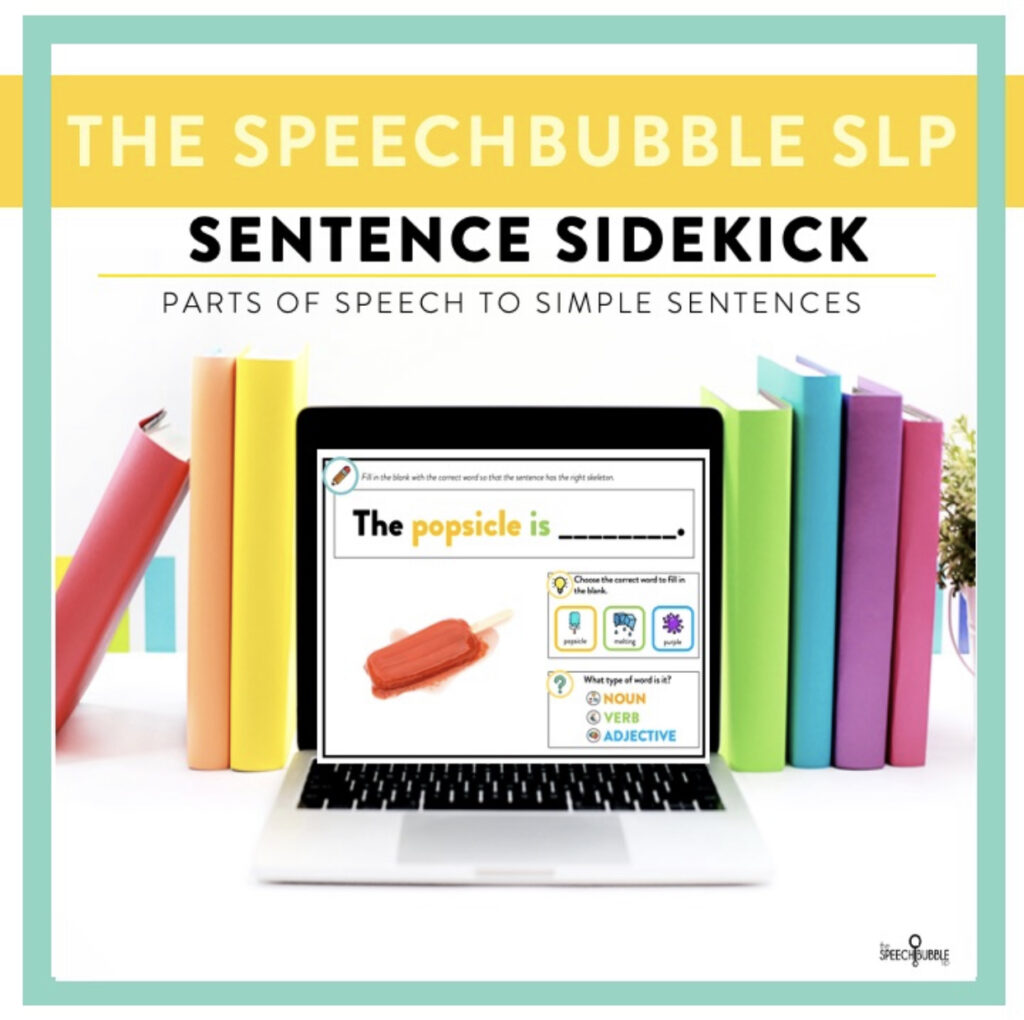
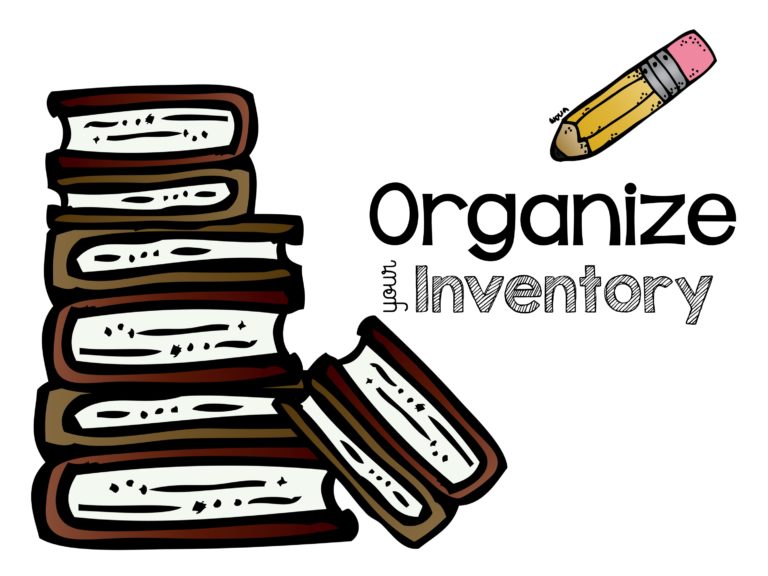



One Response